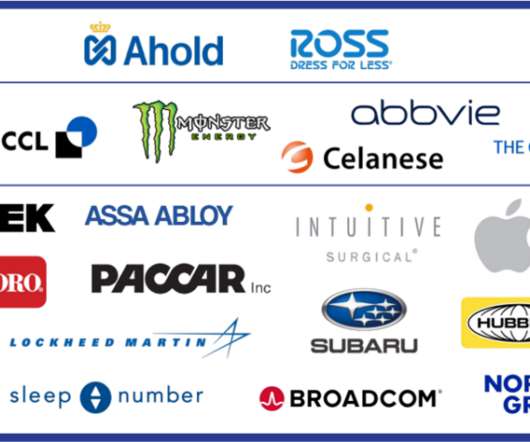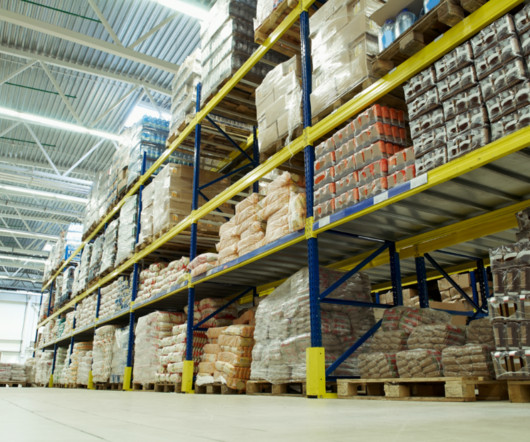Supply Chain Diagnostic: A Four-Step Process
Supply Chain Shaman
AUGUST 7, 2019
Here I share insights on how to get started using a four-step process. The company is a food and beverage company. In Figure 1, we show the aggregate trend of the chemical industry in an orbit chart format showing year-over-year results at the intersection of two metrics operating margin and inventory turns. inventory turns.
















Let's personalize your content